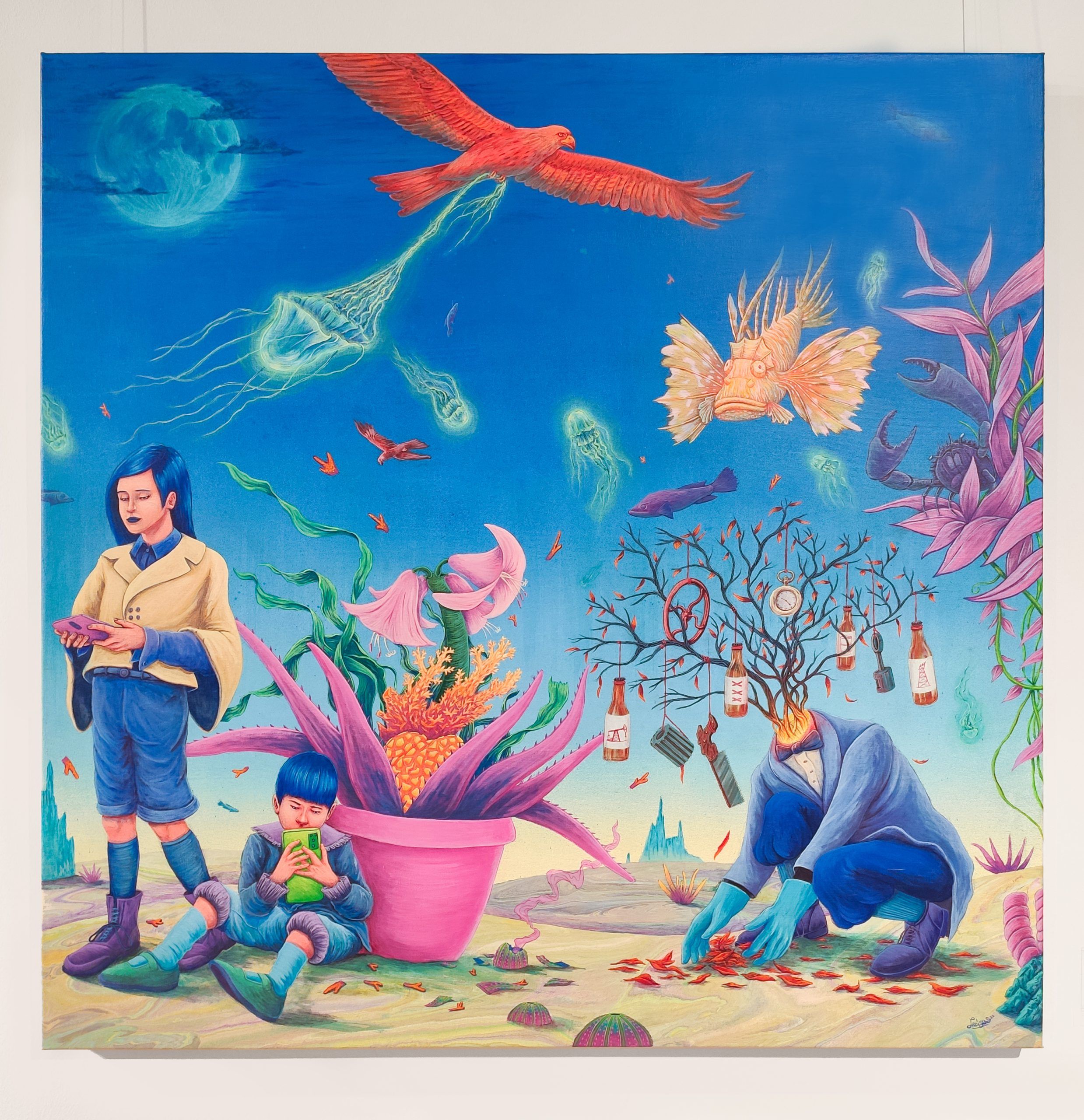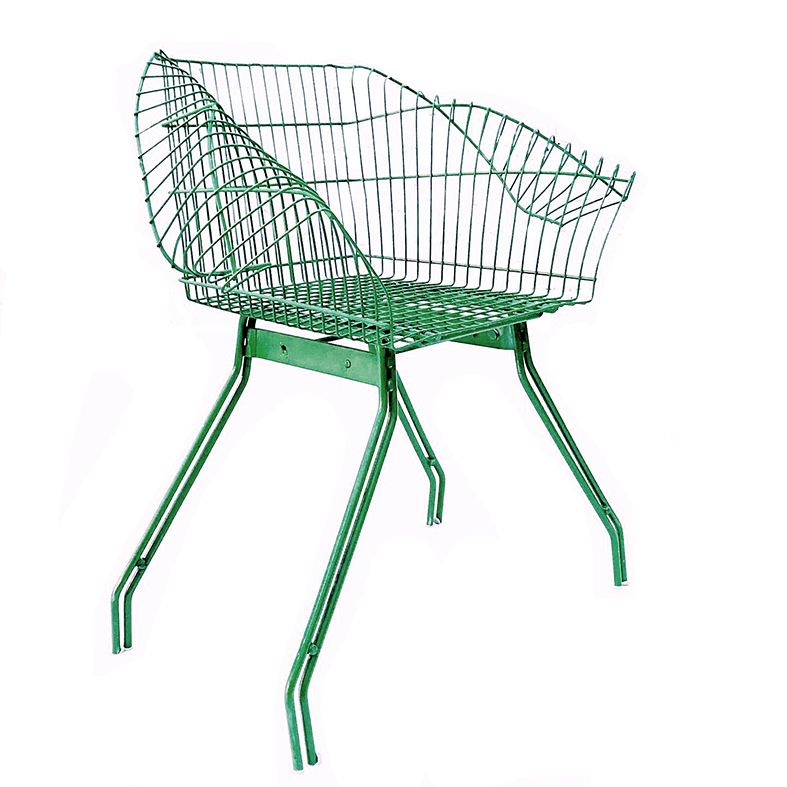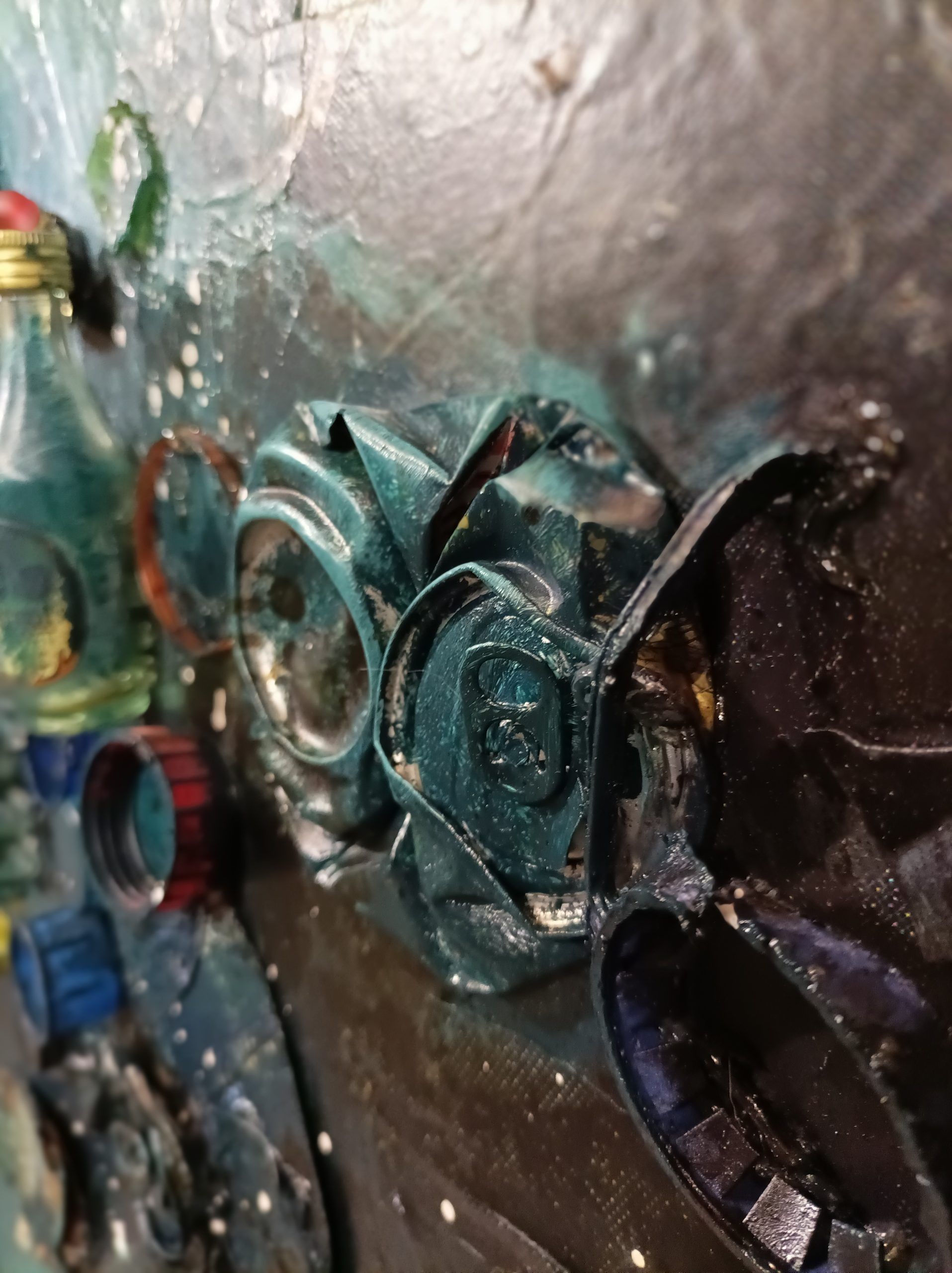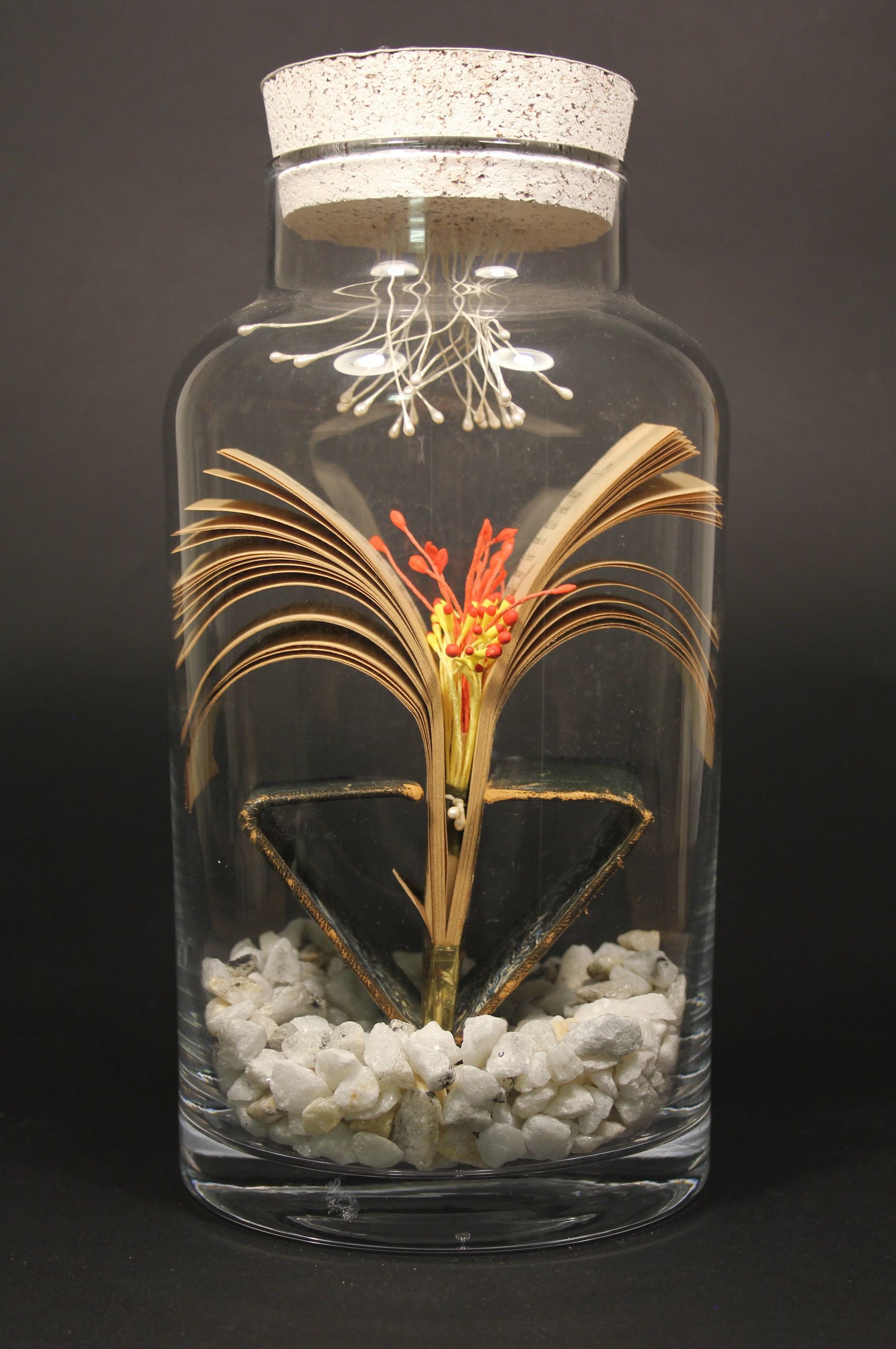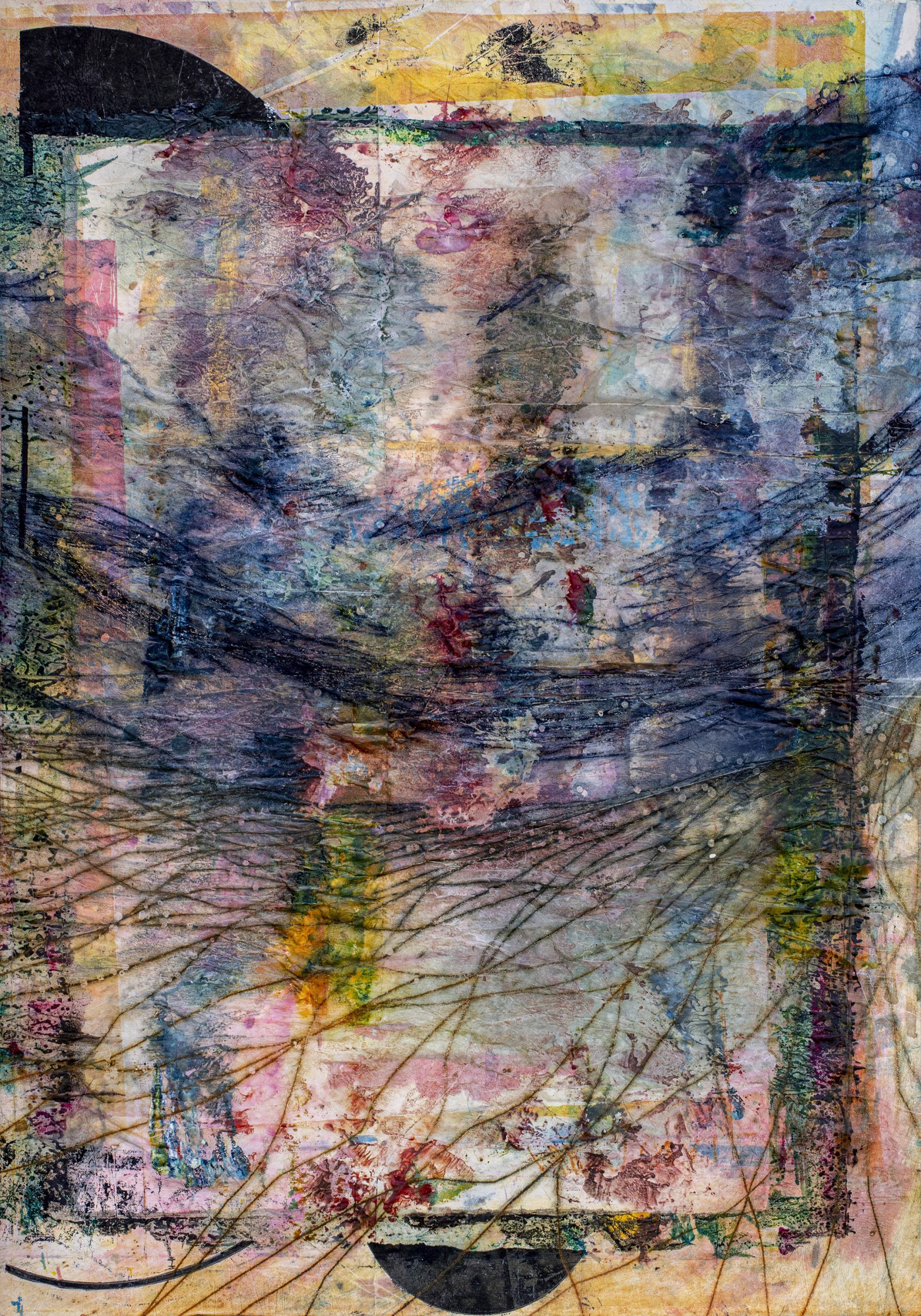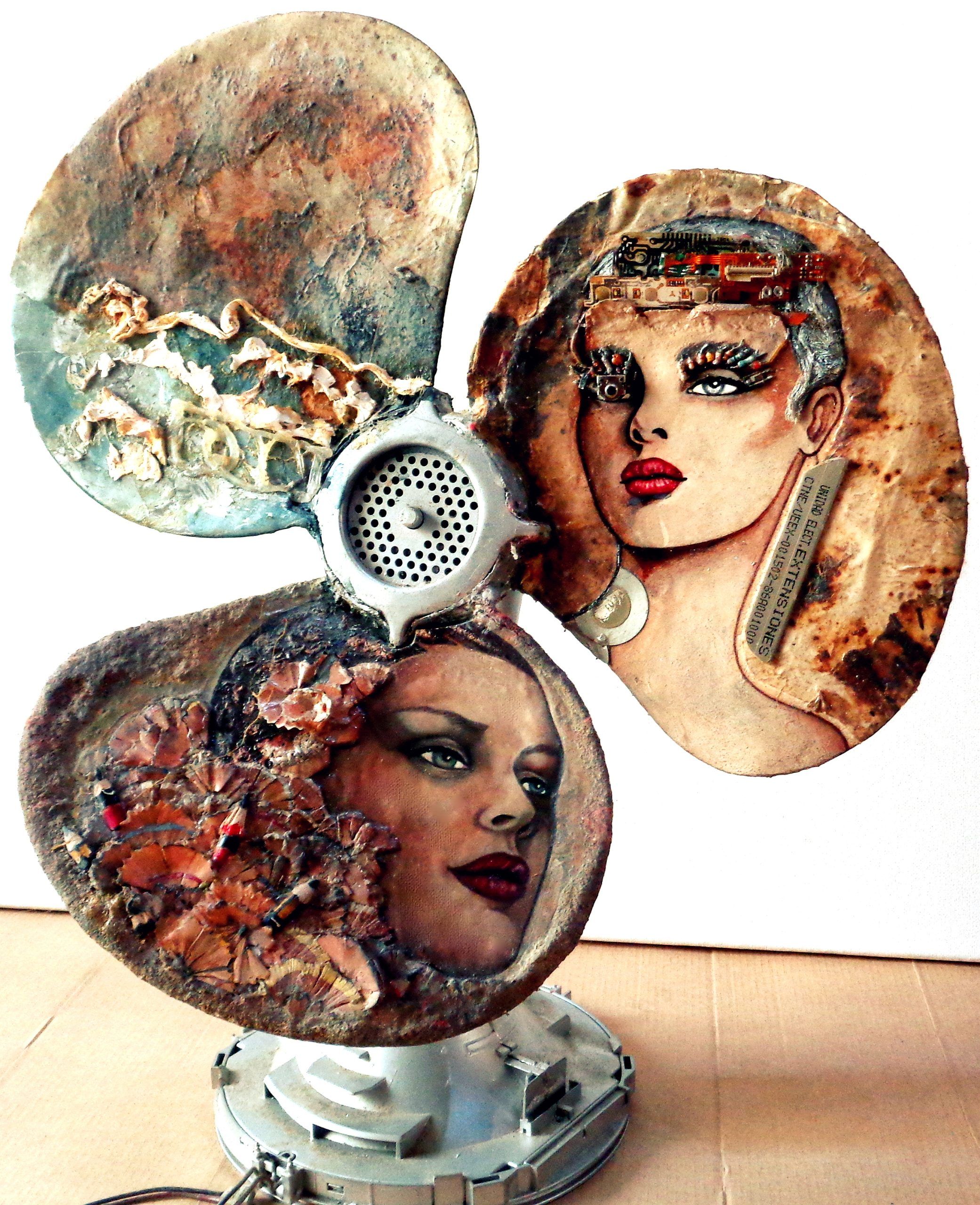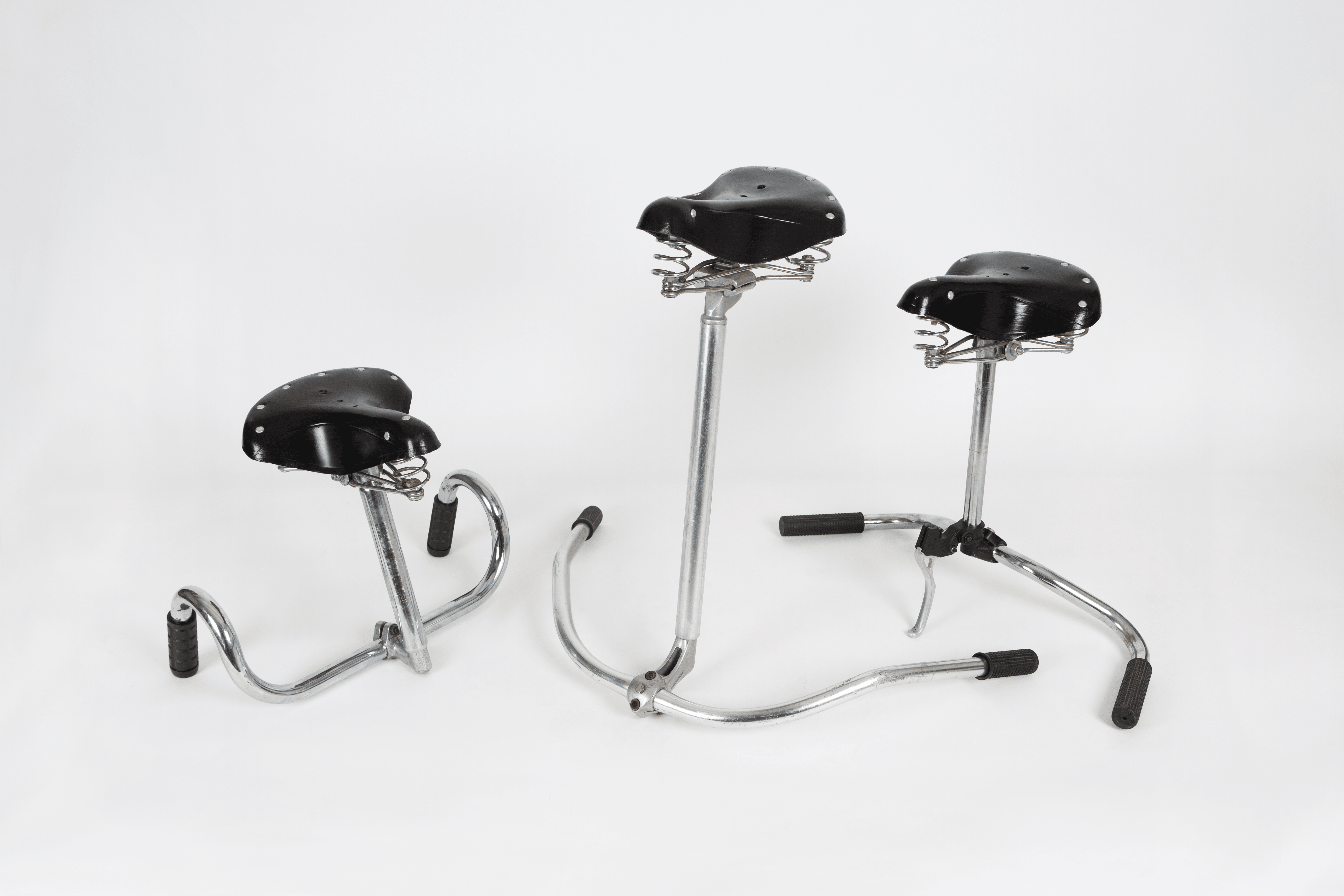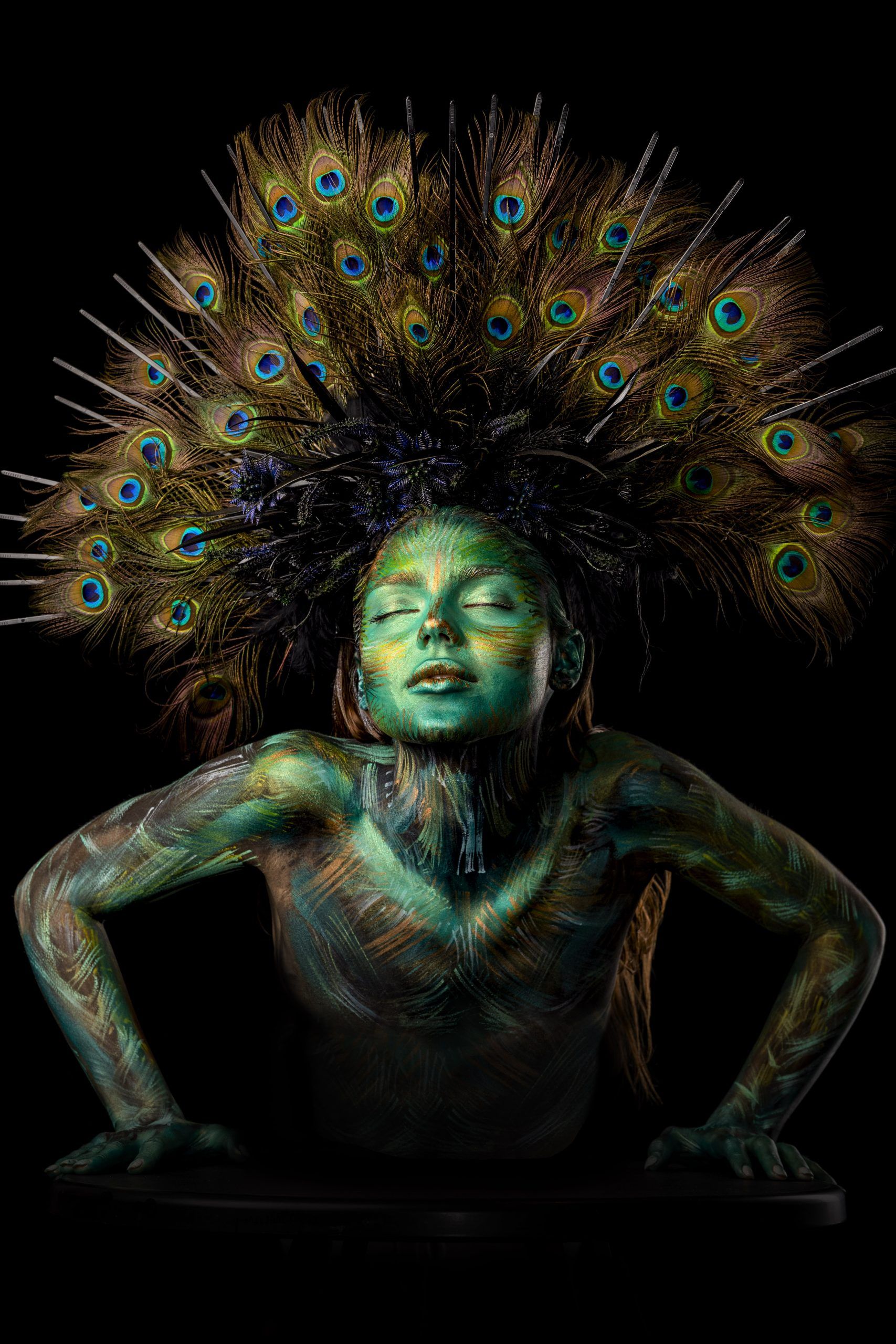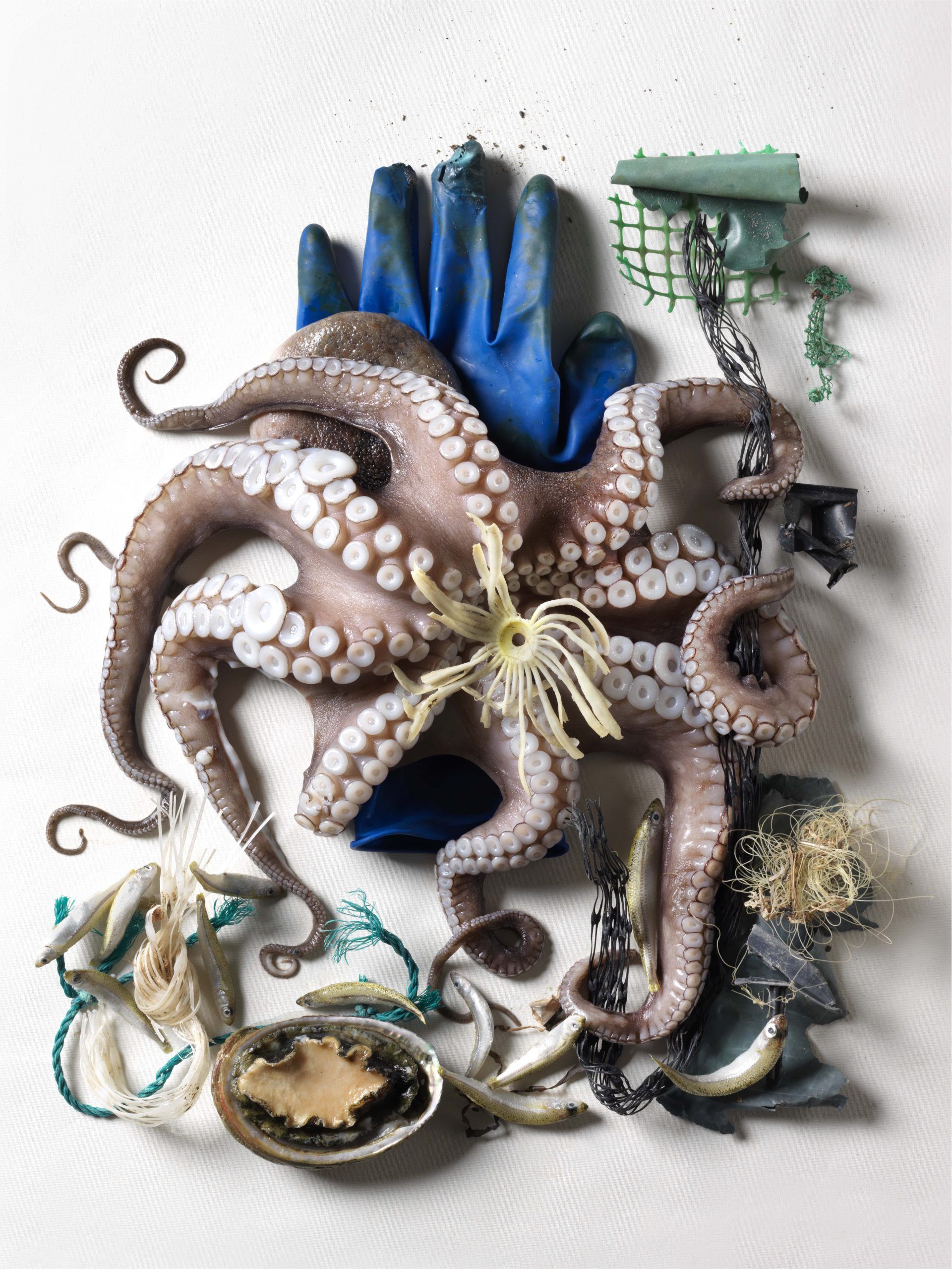Ladislas Chachignot
Ladislas Chachignot is a French artist based in Barcelona. After studying History, Art, and Visual Communication in Marseille, France, he began working directly as a digital artist and independent illustrator. He has spent over 10 years running his own studio, LadislasDesign. He specializes in “Pop Surrealism” and has an ecologist and biocentric vision that he defines as “Ecosurrealism.”
Concerned about the climate emergency, he uses his creative and artistic tools to center his work around a unique and imaginative vision of reconnection between humans and nature. In this way, he advocates for the need to preserve and care for the environment. He also aims to use this vision and his art to collaborate with people, brands, organizations, and projects to raise awareness and sensitize people about environmental protection.
In 2022, after more than 2 years of work, hand-in-hand with the NGO Pangea Seed Foundation, a very special project for Ladislas was published: the book Sea Change.
